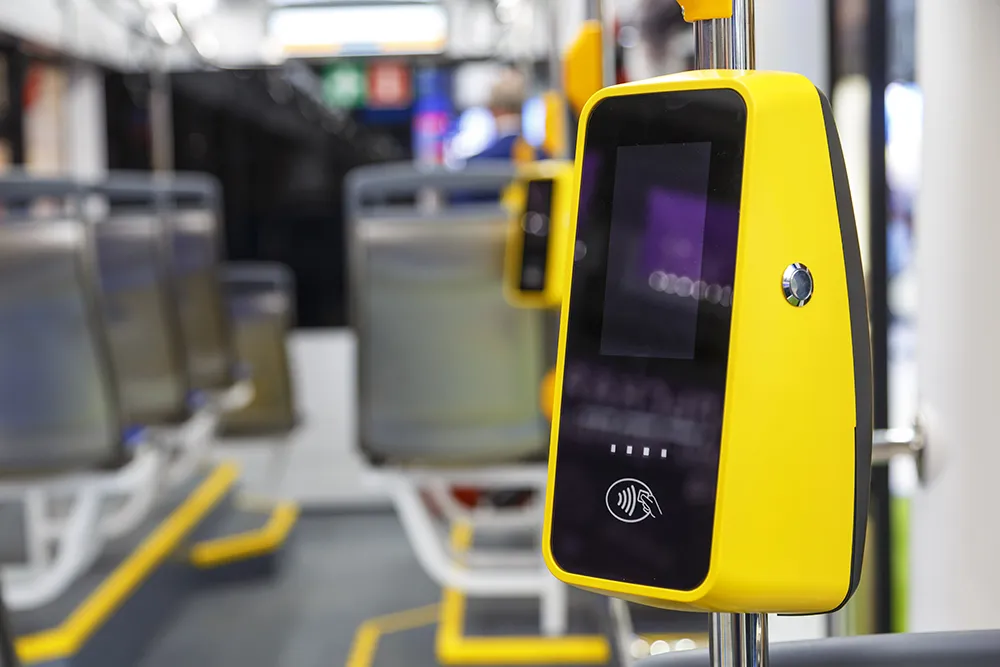A unique new transfer attachment for moving Vulcan Barrier, for quick and efficient lane opening and closing, is now available from Energy Absorption Systems, a Quixote Transportation Safety company.
February 3, 2012
Read time: 2 mins
A unique new transfer attachment for moving Vulcan Barrier, for quick and efficient lane opening and closing, is now available from 2234 Energy Absorption Systems, a Quixote Transportation Safety company.
Vulcan Barrier is a portable, steel longitudinal barrier that meets NCHRP 350 TL-3, TL-4 and EN-1317 H2 & N2 test requirements as a free-standing, redirecting barrier. It is designed to be used primarily in work zones for temporary use to open and close lanes of traffic. It can be used with a variety of end terminal options, such as the QuadGuard CZ, Quest, or Triton CET Systems.
Energy Absorption Systems says that with the new Vulcan Transfer Attachment (VTA), workers can now quickly and efficiently move Vulcan Barrier to open or close one lane mile (1.6km) of barrier in just 20 minutes, as against what previously took over eight hours using conventional lifting and moving equipment. The VTA attaches to a standard skid-steer or front-end loader without the need for special equipment or machinery. A rugged galvanised steel construction ensures longevity and durability.
Key advantages of the Vulcan Barrier itself are its light weight, fast deployment and retrieval, and the ability to put five times as many linear feet of barrier on a transport truck versus traditional portable concrete median barrier, a big economic benefit to contractors.
In addition, its lightweight and stackable design allows up to 150m (450 feet) to be transported on one truck, offering significant transport savings when compared to traditional concrete barriers.
Vulcan Barrier is a portable, steel longitudinal barrier that meets NCHRP 350 TL-3, TL-4 and EN-1317 H2 & N2 test requirements as a free-standing, redirecting barrier. It is designed to be used primarily in work zones for temporary use to open and close lanes of traffic. It can be used with a variety of end terminal options, such as the QuadGuard CZ, Quest, or Triton CET Systems.
Energy Absorption Systems says that with the new Vulcan Transfer Attachment (VTA), workers can now quickly and efficiently move Vulcan Barrier to open or close one lane mile (1.6km) of barrier in just 20 minutes, as against what previously took over eight hours using conventional lifting and moving equipment. The VTA attaches to a standard skid-steer or front-end loader without the need for special equipment or machinery. A rugged galvanised steel construction ensures longevity and durability.
Key advantages of the Vulcan Barrier itself are its light weight, fast deployment and retrieval, and the ability to put five times as many linear feet of barrier on a transport truck versus traditional portable concrete median barrier, a big economic benefit to contractors.
In addition, its lightweight and stackable design allows up to 150m (450 feet) to be transported on one truck, offering significant transport savings when compared to traditional concrete barriers.








